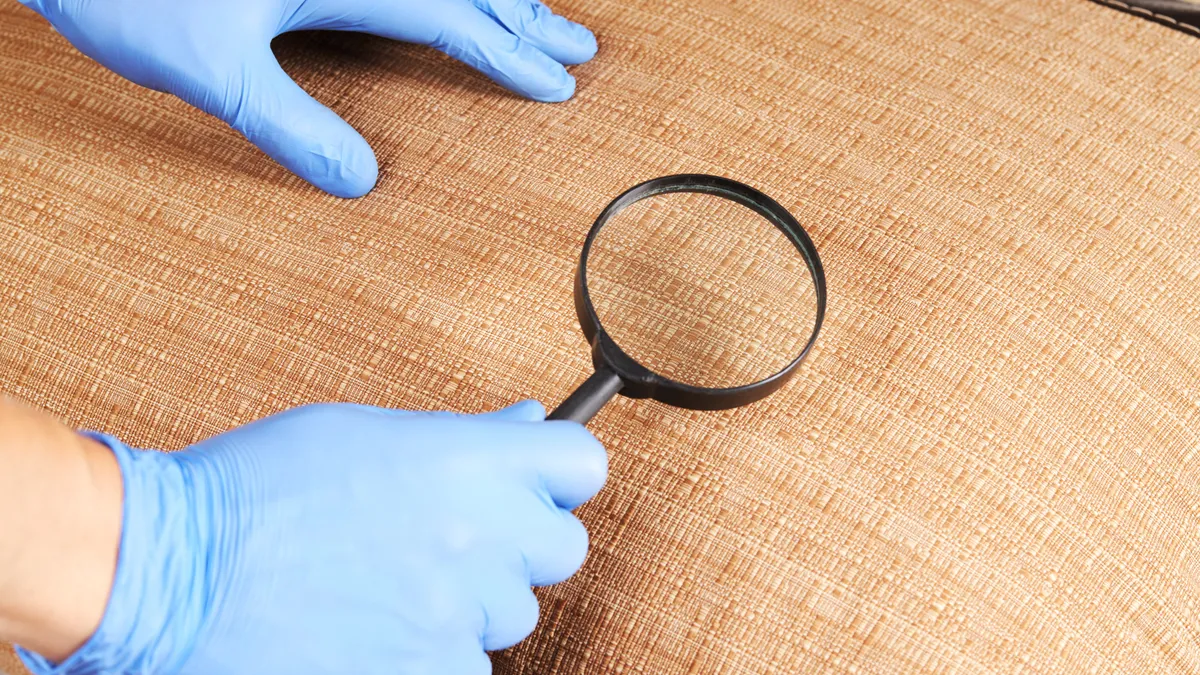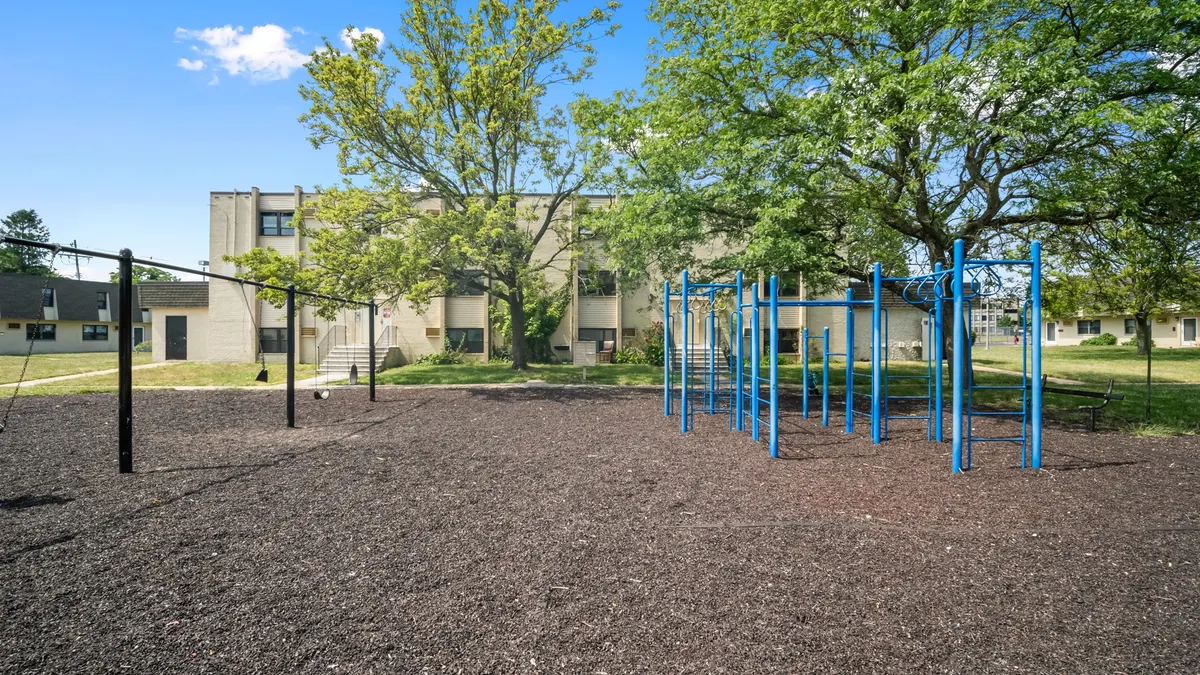Fears of a mass outbreak of bedbugs gripped Europe earlier this month, with Paris at the epicenter. While the true scale and cause of the outbreak is unclear, infestations have been on the rise in Europe in recent years, with one in 10 French households experiencing bedbug issues between 2017 and 2022, according to French food and health safety agency ANSES.

Overall, Paris’s long-term bedbug activity is consistent with reports in other major cities around the world, according to Zachary DeVries, associate professor of urban entomology at the University of Kentucky in Lexington, Kentucky.
“There's a problem, but I don’t think it came out of nowhere,” DeVries told Multifamily Dive. “The problem has been persistent for quite some time… it’s pretty representative of what you find in most major cities, not just in Europe but anywhere in the world, that bed bugs are a major underlying problem.”
While DeVries hasn’t heard of any recent bedbug invasions in the U.S., the bugs — flat, brown creatures that tend to nest in furniture and feed on human blood — have been a consistent and steady issue in homes, apartments and hotels since their population in the country surged in the late 1990s, likely owing to an increase in international travel and restrictions on indoor insecticides.
Once a home or apartment is infested, removal is an expensive job best left to a professional, according to DeVries. However, there are multiple avenues multifamily owners and property managers can take to prevent bedbug infestations, educate renters and detect and handle issues when they arise.
Infestation dangers
Bedbugs can nest anywhere, including five-star hotels and first-class airline seats, but infestations are most commonly seen in low-income housing. DeVries owes this phenomenon to the cost of removing bedbugs, especially when that burden is placed on residents.
“Five-star hotels can bring in everything immediately and pay to deal with the problem that day,” he said. “If somebody who lives in a disadvantaged community and maybe is on a fixed income gets a bedbug problem, they may not have the resources to properly deal with it.”
This may lead to tenants who detect a bedbug problem choosing to hide the issue, which allows the bugs to grow and spread to other units and throughout a property. There’s also a chance tenants may turn to DIY bug management strategies, such as bug bombs, which DeVries strongly recommends against.
“Bug bombs do not work at all,” he said. “They’re incredibly dangerous. They can poison people if you go back in early, [and] more importantly, if you have natural gas heating or stoves and you don’t turn off the pilot light, the propellants are highly flammable.”
Beware the free furniture
In order to avoid situations in which tenants either try to hide infestations or deal with them on their own, DeVries recommends that property managers work with and educate residents about the dangers of bedbugs and ways in which to keep their homes safe.
“I like to see some initiative from property management complexes as a whole to deal with the problem proactively,” he said. “Good property management can take a proactive approach to the bedbug problem, not blaming people, not sweeping it under the rug, not dismissing it. It makes all the difference long term.”
One important thing to impress upon residents is the dangers of bringing in secondhand furniture, particularly if it’s been sitting outside. “That’s probably one of the easiest ways that [bedbugs] get brought in,” DeVries said.
If properties can’t prevent secondhand furniture from coming in, one requirement DeVries recommends is portable heat chambers, which are specifically designed to heat-treat furniture to kill any bedbugs that may be hiding in them. Managers can keep the heat chamber on site, assemble it when needed, and offer it as a service to residents.
“The core idea is communication and working together, so not blaming one party or the other [for the bedbugs],” DeVries said. “Residents realize that they do have an outlet that they can turn to if there is a problem. They may or may not be the one at fault, but they know that they're going to have a property that works with them to help solve that problem.”
Other strategies
While hotels and multifamily properties share a lot of similarities in terms of how bedbugs can take root and spread between adjacent rooms, hotels have the advantage of doing housekeeping every day, which allows for the pests to be spotted more quickly, according to Ben Hottel, entomologist at Atlanta-based pest control company Orkin. Still, beyond education and furniture management, Hottel has a few other active strategies that properties can employ to prevent infestations:
- Conduct regular inspections. “It’s best to first look for actual live bed bugs [first] and then signs of bed bugs such as blood stains, fecal matter and discarded exoskeletons,” Hottel said, noting that these signs could also be attributed to other insects.
- Promote cleanliness. Hottel recommends encouraging regular vacuuming and washing of bedding.
- Eliminate hiding places. This includes filling in cracks in plaster or drywall, removing wallpaper and repairing loose molding.
- Encourage residents to use special bed encasements. These are designed to protect mattresses and box springs, and to make inspections and treatments easier.
“Stay alert and respond quickly if any signs of bed bug activity are reported,” said Hottel. “Early detection and intervention can help prevent a small problem from becoming a larger one.”


















